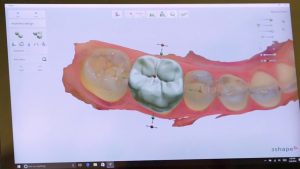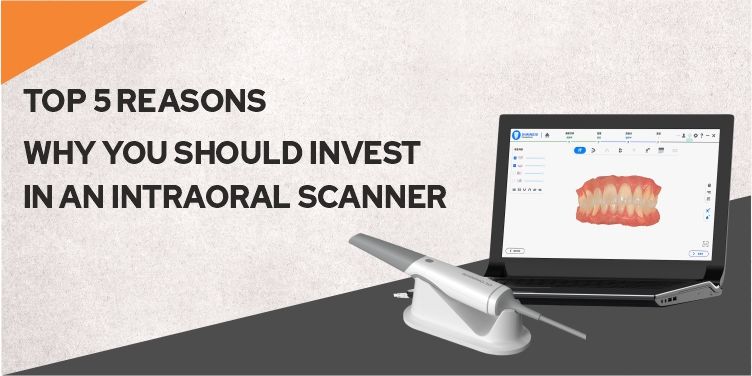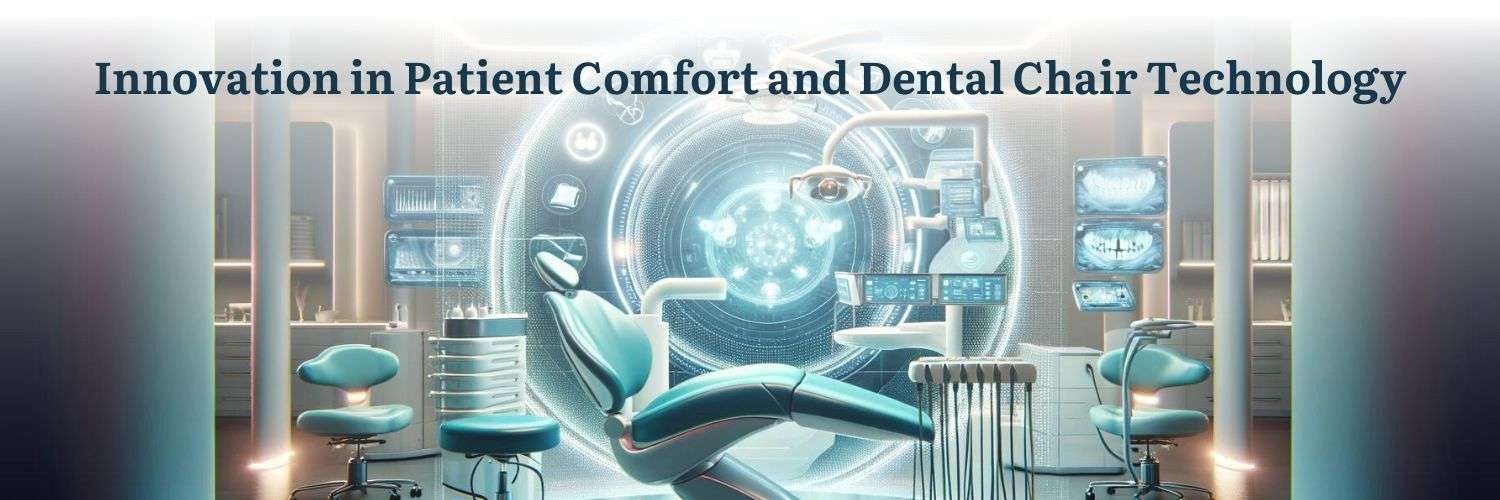The Impact of Digitization In Dentistry And Its Cost-Effectiveness
We are living in a time where most of our daily chores have been revolutionized, thanks to digital advances. It’s no surprise therefore in today’s digital age, where devices like phones have practically become a part of our daily routine, even dentists are going digital. Digital dentistry is the future.
What is Digital Dentistry?
Digital dentistry refers to any examination, diagnosis, or treatment carried out using computer-controlled equipment. This is an evolution from the manual devices which are being used since the olden days.
Digital dentistry originated back in the ‘70s when the first crown was fabricated using computer-aided design and manufacturing (CAD/CAM). These advances were expensive in the early 90s and hence took time to flourish.

Some examples of tools and devices that are categorized under digital dentistry include:
• Intraoral scanner
• 3D printing
• Digital radiography
• Infrared laser
• 3D wand anaesthesia
What is the impact of digitization in dentistry?
Efficiency:-
One simple fact about digital dentistry is that it is quicker. Rather than using impression materials that need mixing and taking impression that comes in contact with the patient’s saliva and blood & then pouring the cast, the dentist can use intraoral scanners to receive an instant digital impression of what they are dealing with, allowing them to plan and design the prosthesis easily.
Dental impressions are made with materials that are always not preferred by patients as they tend to gag and at times the procedure has to be repeated. Also, the mould has to be sent away for necessary fittings. This results in multiple appointments.
In digital dentistry, these models can be created in seconds using digital imaging. It can be shared with labs instantly through online transfer and treatment can be completed faster.
Accuracy:-

The use of digital dentistry equipment improves accuracy and removes the need for re-work. The use of intraoral scanners or camera gives a detailed view of the posterior tooth without any hindrance in visibility
With these scanners, a dentist can achieve up to 25 times greater magnification allowing enhanced capabilities especially when it comes to cavities or fractures. In the case of impressions, there is still an element of human error that can impact the success of accuracy. With digital impression, the representation of the mouth is an exact replica of real life, hence there is enhanced accuracy.
Cost:-
Time is money. Your treatment is likely to cost more the longer it lasts. With digitization in dentistry clinical application, there can occur speedy impression-making and independence in manufacturing. The dentist can increase their productivity, reduce downtime and become financially efficient
3Shape Trios Intraoral Scanner:-

Dental professionals can take direct digital impressions using Intraoral Scanners. These scanners are now a common practice in dentistry, and their popularity is only growing.
These devices helps make a digital impression of the oral cavity without the need for using conventional impression trays. It is based on 3D capturing technology which converts 2D images into 3D images and shows them digitally. These scanners can be used by the dentist for making an impression for various treatments like crowns, coping, implant prosthesis, or orthodontic work.
These scanners are light, well-balanced, and made to fit comfortably in your hand. They have high accuracy and precision.
Built-in caries detection aid:-
The advantages of fluorescence technology can now be experienced without a separate scanning equipment. Because TRIOS has built-in advanced fluorescent technology for surface caries detection.
Smart tips with instant-heat technology:-
This instant heat technology leads to optimized scanning it scans 2-3 times with instant heat in combination with 30% more battery life.
Wired and wireless in one:-
No more need to choose. With a convenient plug-in chord for those situations when you wish to switch to wired, TRIOS 4 is now available as a versatile two-in-one solution that blends wired and wireless.
The advanced feature present in these scanners are:-
• Engagement apps to boost case acceptance
• Full mobility with wireless scanning
• Plug-in Smart Cord for 2-in-1 option
• Superior mirror-defogging functionality
• Smart calibration counter
Conclusion
Such software-based technologies are advantageous, particularly in terms of patient comfort, production costs, and ergonomics. Choosing the right intraoral scanner is the first step toward future digitalization in your practice, and it is crucial.





Leave a comment